Search
Remove Ads
Advertisement
Summary 
Loading AI-generated summary based on World History Encyclopedia articles ...
Search Results
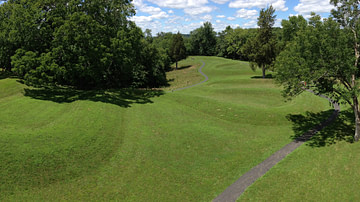
Definition
Serpent Mound
Serpent Mound (also known as Great Serpent Mound) is an archaeological and historic site in Peebles, Ohio, USA, enclosing an effigy mound 1348 feet (411 m) long in the shape of a serpent, the largest effigy mound of a serpent in the world...
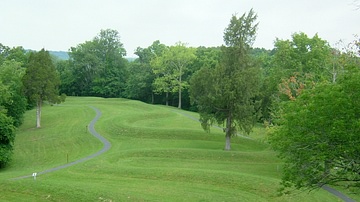
Image
Serpent Mound
Serpent Mound, Ohio. It was first positively dated and attributed to the Native American Adena culture (c. 800 BCE - 1 CE) but later excavations strongly suggested it was built by the natives of the so-called Fort Ancient culture (c. 1000-1750...
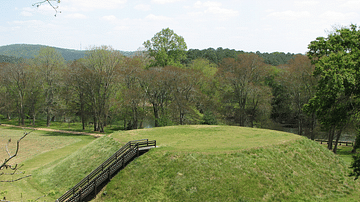
Article
Ten Great Native American Mound Sites
The Native Americans of Pre-Colonial North America built thousands of mounds across the continent which served various purposes and sometimes reached heights over 100 feet. Many of the mound sites were thriving urban centers – such as Cahokia...
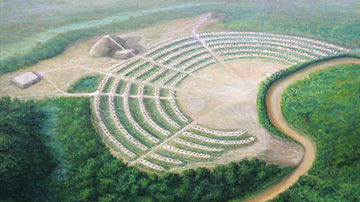
Definition
Poverty Point
Poverty Point is an archaeological and historic site in Louisiana, USA, dated to c. 1700-1100 BCE, enclosing one of the most significant Native American mound sites from Pre-Colonial America. It was once the location of a grand complex of...
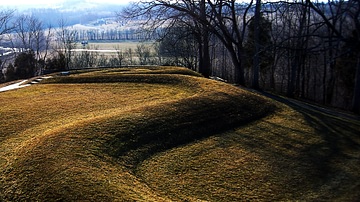
Image
Serpent Mound, Ohio
Serpent Mound, Ohio. It was first positively dated and attributed to the Native American Adena culture (c. 800 BCE - 1 CE) but later excavations strongly suggested it was built by the natives of the so-called Fort Ancient culture (c. 1000-1750...
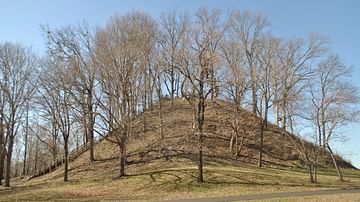
Definition
Pinson Mounds
The Pinson Mounds are a State Archeological Park in Madison County, Tennessee, USA enclosing a prehistoric Native American religious site comprising earthen mounds built during the Middle Woodland Period (c. 200 BCE - 500 CE). Although there...

Image
Great Serpent Mound, Ohio
Image of part of the Serpent Mound (also known as the Great Serpent Mound) in Ohio, USA, dated to either c. 320 BCE or c. 1000-1750 CE. The difference in the dates is due to interpretation of carbon dating of finds at the site. It is probable...

Video
Great Wonder of the Ancient World - The Great Serpent Mound
The Great Serpent Mound is a 1,348-foot (411 m)-long, three-foot-high prehistoric effigy mound on a plateau of the Serpent Mound crater along Ohio Brush Creek in Adams County, Ohio. Maintained within a park by the Ohio History Connection...

Definition
Etowah Mounds
Etowah Mounds (also known as Etowah Indian Mounds) is a National Historic Landmark and archaeological site near Cartersville, Georgia, USA, enclosing the ruins of a prehistoric Native American city whose original name is unknown. The present...

Video
What is the Meaning of Ohio's Mysterious Serpent Mound? | Secrets of the Underground
Secrets of the Underground | Tuesdays at 10/9c
The Great Serpent Mound is a 1,348-foot-long prehistoric effigy mound in Ohio. Scientists are unsure what its purpose was.